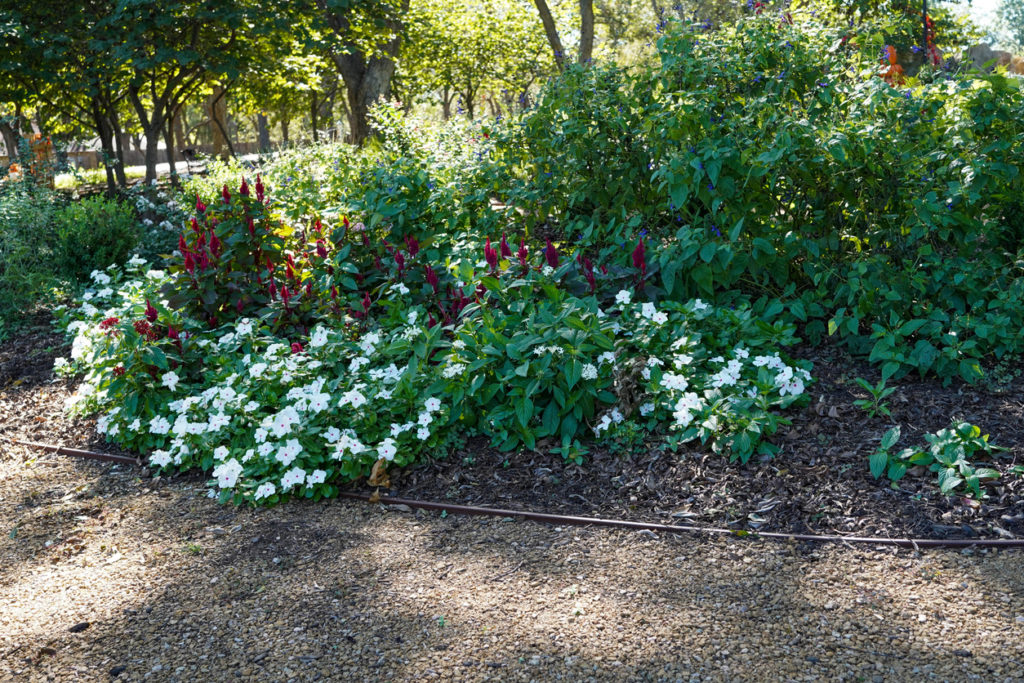With summer here, thoughts turn to the outdoors here in the Pacific Northwest. Gardening and landscaping become priorities for homeowners, and increased water usage is inevitable. Whether you have an established lawn or you’re in the process of landscaping, being conscious of what you plant and how you can reduce water usage will go a long way in reducing your overall energy bill.
If you’re looking for ways to spruce up your yard, want to be eco-conscious in the process, and add long-term value to your home, consider xeriscaping.
Curious about this unique, energy-saving landscaping style? Read on as we discuss what it is, how it works, and how it can save you money.
What is Xeriscaping?
Xeriscape derives from the Greek “xeric,” which translates to “dry” or “arid.” When people first think of xeriscapes, they conjure images of barren, brown desert-like areas. But xeriscapes can be far more than mounds of dry rocks and cacti.
While it’s true that succulents are a typical xeriscape addition, trees, shrubs, perennial flowers, and drought-tolerant ground covers can be also. The main feature of a xeriscaped garden or lawn is that the plants require only infrequent watering and ground covers don’t need mowing.
A few key elements will get you started in the right direction.
- water-conscious design
- attentive soil preparation
- thoughtful plant selection
- efficient watering plan
In essence, a xeriscaped garden or lawn will be somewhat self-sustaining, requiring lower amounts of water, or a set up that makes the most efficient use of water.
A xeriscape in Portland can have abundant, ornate features that give a lawn character and pizzazz. When you use plants native to the Pacific Northwest, you can create an eco-friendly garden oasis—a space to not only relax and rejuvenate, but one that will also save you money and help the planet at the same time. In fact, the National Geographic says that some supporters of xeriscaping claim a 50%-70% reduction in water usage.
Sounds good, right? Read on to learn how to start this beneficial type of gardening and reap its benefits.
Tips to Prepare for a Xeriscape in Portland
Before you dive into xeriscaping, it’s important to take several things into consideration. Below are a few to help you prepare.
Know Your Growing Season
Growing season is determined by looking up the first and last frost dates in Portland, which you can find by consulting reliable sources like the Farmer’s Almanac or the OSU Extension Service. Remember that these are estimates.
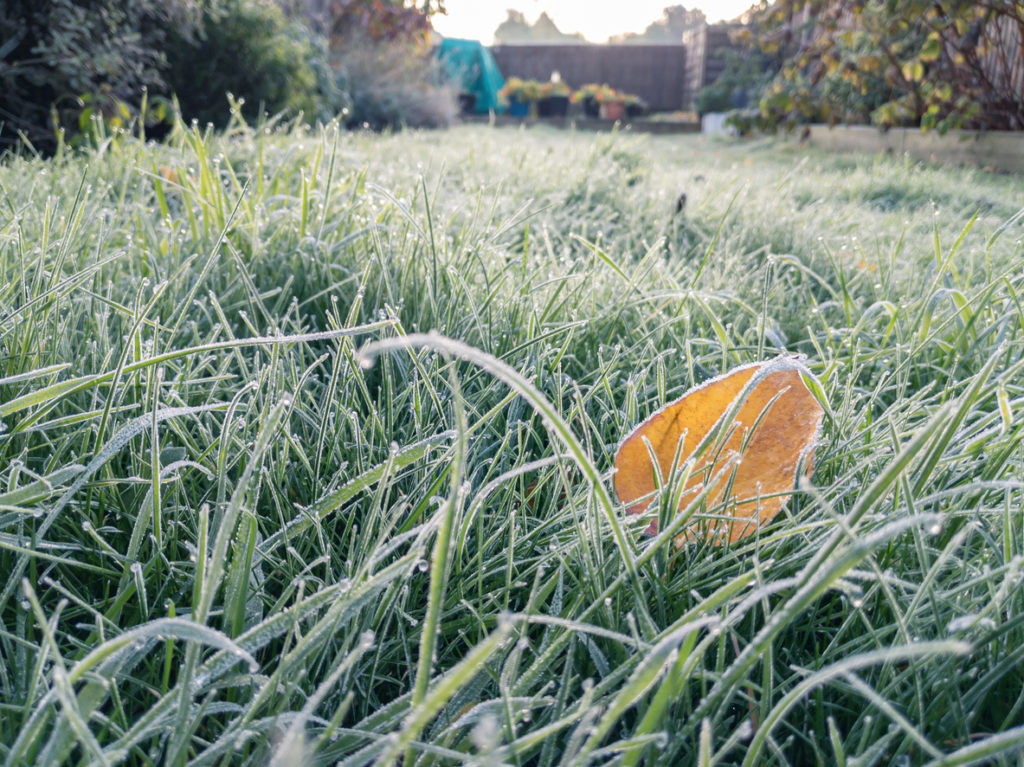
Know Your Yard’s Microclimates
In short, a microclimate is an area that offers differing growing conditions than its greater surrounding areas. For example, while Portland is thought to be generally damp due to all the rain we get, your yard may be shallow with few trees, rendering it dry. Or in your own yard, you may have a variety of microclimates with some areas being damp and others being more dry.
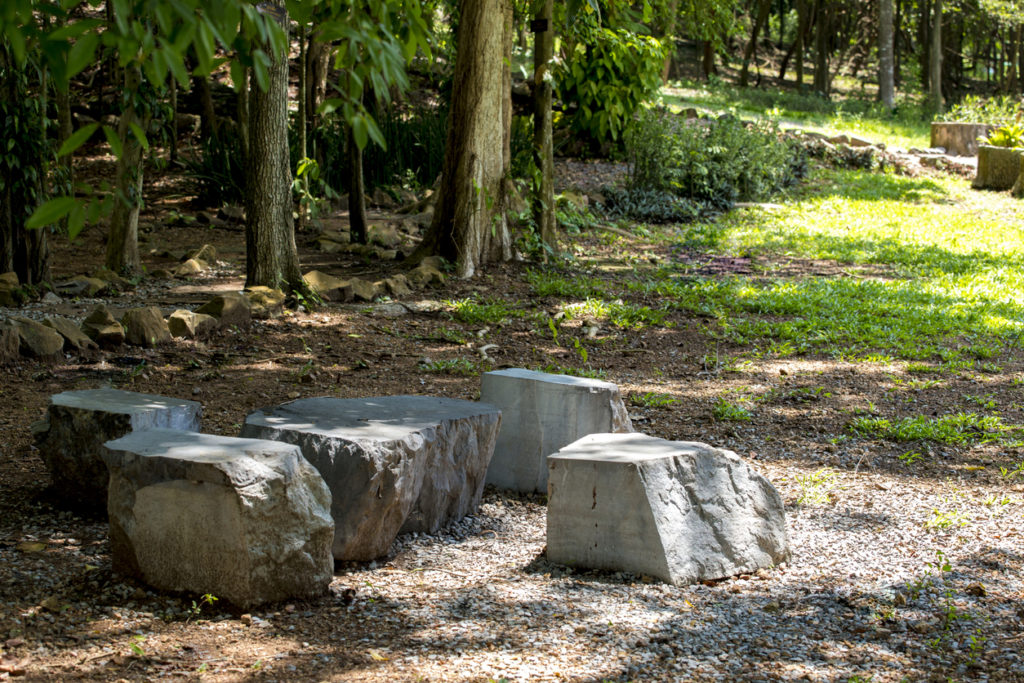
Conditions of microclimates are determined by water, wind, heat, and light exposure. If your property has both stands of trees and open, sun-drenched areas, you likely have different microclimates to work with.
Evaluate Sun Exposure

As mentioned, the amount of sun on an area will, in part, determine its microclimate. Tracking how long an area gets full sun, partial sun, and shade will also help you make decisions about what to plant and where, as well as how much water the area will need.
Know Your Soil Types
Knowing your property’s soil type will help you know how it will respond to a variety of weather and other conditions.
Portland is made up primarily of a type of soil called Jory. In fact, in 2011 it was named Oregon’s state soil. It’s a very deep, well-drained soil formed in the foothills of the Willamette Valley from the area’s early lava flows.
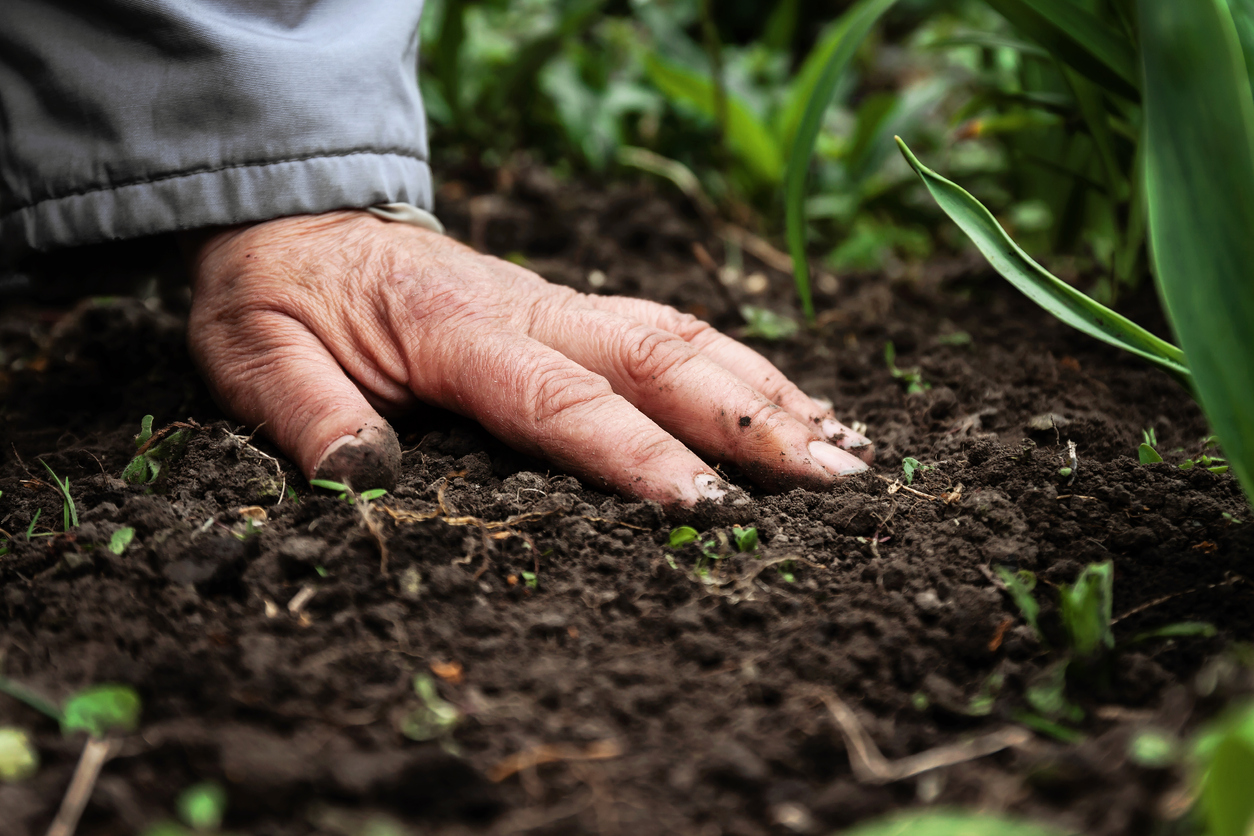
The weathering of the basalt bedrock where the soil originated—and is found only in western Oregon—has rich, deep, well-drained characteristics, great for growing. This type of soil is especially beneficial to the forest vegetation that still thrives in parts of the city.
A couple of other Portland soil features to keep in mind are the presence of clay in some areas and that our soil is mostly acidic due to leaching caused by the level of rain we see each year.
Know Your Hardiness Zone
Hardiness zones are areas across the country set by the USDA to help gardeners and others working with plants to know which one will thrive in given locations.
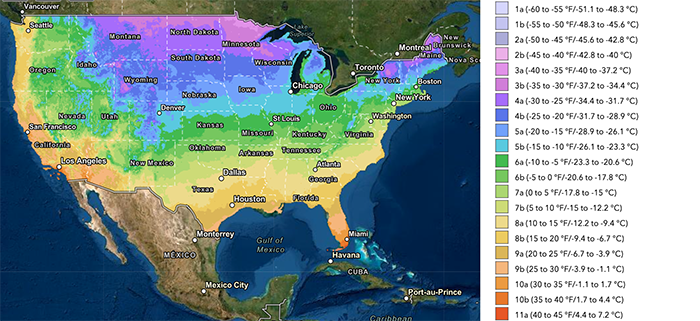
Based on USDA rankings, Portland lands in the 8b or 9a zone. Considering that these ratings are based on average temperatures only, it’s worth noting the difference between the USDA’s rating system and the Sunset rating system, which is based more on microclimates. In this system, Portland would fall into a hardiness zone of 6. To complicate the things even more, hardiness zones are shifting northward due to climate change.
When you take a closer look at the map above, you’ll see that Portland is zoned the same as parts of Texas and other areas of the south. Common sense says that we can’t assume plants that will thrive in parts of Texas or Southern California or Florida will thrive in Portland—even though we’re seeing consistently higher temperatures in the summer over the past few years. The best answer? Choose native plants.
Native Plants
One of the best ways to set yourself up for success with gardening of any kind is to invest in native plants. They’re already acclimatized to the area and stand a much better chance of surviving and thriving.
While it’s true that climate change is raising temperatures everywhere, going with native plants is your best bet. While even these plants are tested during extreme temperatures, they generally won’t undergo heat that’s persistent enough to ruin them. Of course, this isn’t true across the board, and while some plants could be lost due to excessive heat, because they’re native, they’ll adapt over time, at least in theory and based on what science knows so far. Of course, with the rapid warming of the earth’s temperatures in more recent years, only time will tell how adaptable Oregon vegetation will be over the long term.
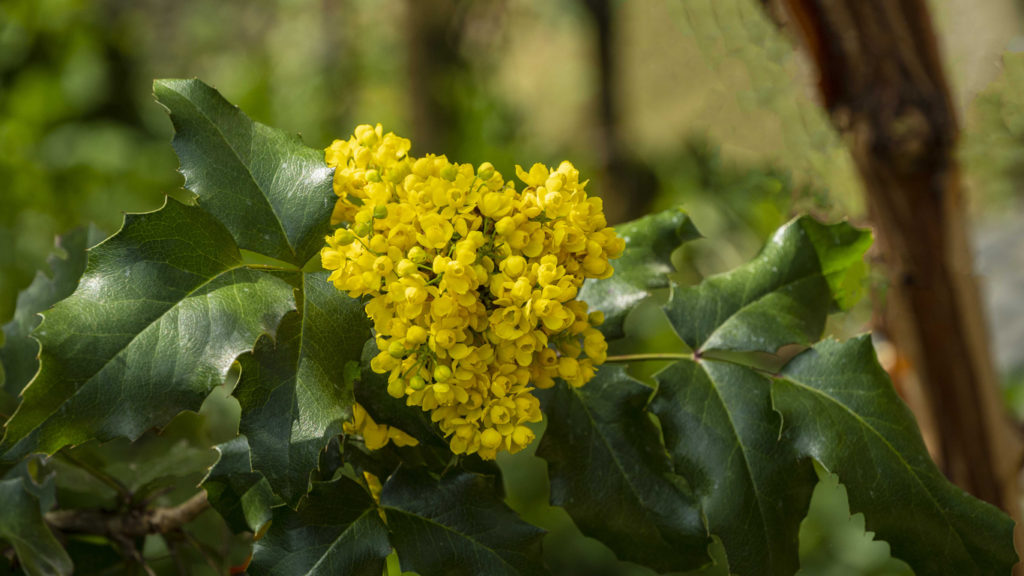
The Oregon Grape, pictured above, is a good example of a native plant that thrives in this area. Others include foxglove, Japanese holly, and Pacific was myrtle—all ideal drought-resistant plants for xeriscaping. See a full list of drought-tolerant Oregon native plants.
How to Get Started with Xeriscaping
If you’re not completely sold on the idea of xeriscaping, or if it sounds like a lot of work because it’s foreign to you, know that you don’t have to go all in to begin. After you’ve surveyed your yard, know your soil type, and have identified sun exposure and resulting microclimates, you’re ready to take concrete action.
- Choose a few plants with similar water needs—When shopping for native plants, note how much water, sun, and shade plants need to survive. Group those with similar needs together to start making the best use of the microclimates in your yard. Learn about Water Efficient Plants for the Willamette Valley
- Establish watering zones—Consider creating watering zones in your landscaping design. This aligns with placing plants with similar needs together. By creating watering zones with well-matched vegetation, you’ll avoid wasting water.
- Start small—Find a thriving tree in your yard. This is a great way for first-timers to experiment with xeriscaping before going all in. A well-established tree will have the built-in shade many plants need, and if you plant under an evergreen, you’ll also have built-in mulch from fallen needles.
Pros and Cons of Xeriscaping
As with pretty much everything, xeriscaping has its pros and cons. We think the pros outweigh the cons, but we’ll let you decide for yourself.
Pros
We’ve already covered most of the advantages of xeriscaping, but it never hurts to recap and remind.
- Water conservation—Water is a precious resource, and with shortages around the world, it can feel good to take an active part in making a difference.
- Aesthetically pleasing—Done with planning and intention, xeriscapes can be attractive, welcoming areas that can enhance your life and bring value to your home.
- Low-maintenance—Once established, the low-maintenance aspect of your xeriscape will cut down on the work you do in your yard.
- Low-cost—With less water use comes lower energy bills.
Cons
Before launching into any new endeavor, it’s always good to know the disadvantages. While some of the items below might matter to some, they might not be deal breakers for you.
- Limits plant options—While planting native is important, not all native plants are ideal for xeriscaping, which can limit your options.
- Barren presentation—Some xeriscapes can leave you wanting more, not measuring up to that sanctuary-like haven you want your yard to have.
- Rough and tough environment—Because the goal is to ensure uniform distribution of water, xeriscaping requires soil and surfaces that are a bit rougher than you’ll find in areas where, say, vegetables are grown and have been treated with composted or organic soil.
- Financial investment—Making over large swaths of your yard with xeriscaping will be costly, which is why we recommend starting small. While it’s true you won’t have to mow or water as much, you might need to call in a professional to help with the initial design, as design flaws can cause problems down the road.
Xeriscaping in Portland on a Budget
If your budget doesn’t allow hiring professionals to start your xeriscape, there are plenty of ways you can get started on your own.
- Keep hardscape to a minimum—If you have access to free or low-cost river rock or boulders and the means to haul it, go for it. If not, reframe your vision of how a xeriscape needs to look. You can add a few simple or small hardscape and still get the benefits xeriscaping offers.
- Start with small plants—Rather than spend a fortune on full-grown plants, buy plant starts. Better yet, buy seeds. Even better, get divisions and clippings from friends and neighbors. Your xeriscape may not have that well-established look you want, but it will be fun and gratifying to watch it come into its own. Plants like the alpine water fern and black mondo grass are excellent for new xeriscapes—they both spread with occasional watering.
- Mulch with what natures gives you—If you have deciduous trees in your yard, use dropped leaves as mulch. Ask your neighbors if you can take their fallen leaves off their hands. They’ll likely thank you for it. Just make sure you loosen the leaves up occasionally to prevent them from packing down and choking off plants. As mentioned earlier, naturally fallen pine needles make great mulch, as do small wood chips and pea gravel.
Weighing all the options, xeriscaping is still an excellent choice for those who want to conserve water and save on their energy bill. And if you do need to make budgetary decisions, it’s probably best to invest in professional help with your design. When you have a well-informed approach to your irrigation system, the City of Portland offers rebates for certain treatments and applications.

